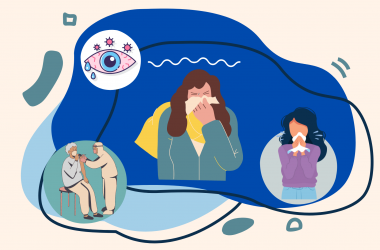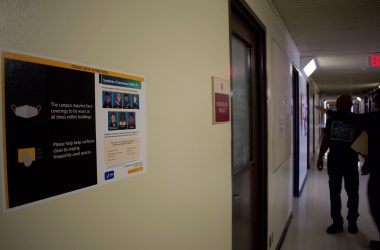Line-jumpers, rich elite celebrities buying their spot in line and young campers scouting a vaccine all rigged the system to get their vaccination early. We all saw the articles and ridiculous stories about how young people dressed up as elderly women to get a vaccine earlier than was their turn and read the posts that celebrities have made about their privileged, pandemic getaways.
Many celebrities had the sense to let us into their homes to see just how privileged they were during this time of genuine human panic.
An overlooked class struggle is the ability of the rich and those who own property to get away with anything, while the rest of us struggle to get by. The rich and powerful seem to have unlimited access to resources such as COVID-19 tests, the vaccines and other life-saving treatments.
Because of that, they should be last in line to get vaccinated. Unhoused Angelenos, who are at higher risk of contracting the virus, should have been given priority over any other group, especially the rich and the famous, who can safely hide away from the risk of the virus in their sizable homes.
We have already failed to create enough resources and legislation to house and assist those without homes, now we too have failed to keep them safe from COVID-19 too.
According to a Statisa database report, California sits on top of the list of coronavirus cases in the U.S., with 3.6 million reported cases and nearly 60 thousand deaths. California is also the state with the highest population of unhoused people.
They had nowhere to go when the stay-at-home orders were set in place. The very term was exclusive to housed people.
Twelve days after the isolation began last year, Gal Gadot posted a video of her cringey philosophical realization on Instagram, from her home. She tagged many other privileged celebrities and they all sang along to “Imagine,” by John Lennon from their homes.
They showed us the privilege they had to imagine a world untouched by chaos and sorrow, while they are arguably already living in a sort of utopia. Many of them are untouched by a lack of housing, poverty and the disease and illness that can come from that. Most of the people in the video are white, cis-gendered and rich, so it’s hard to take their frustrations seriously.
Meanwhile, the unhoused, the disenfranchised and the sick, and those most susceptible to the virus and were also dealing with the other struggles of living on the street or dealing with recovery. Many who lost their jobs were forced back into abusive and toxic households and the statistics at the end of the year confirmed the negative impact on that by showing us the rise in alcoholism, suicide and domestic abuse.
Did the rich and the famous forget that there are millions of people without adequate shelter to fend off a pandemic?
Even average Americans who have had stable housing throughout the pandemic should have been vaccinated after the unhoused because of the simple fact that the unhoused are at far greater risks for illness, infection and over-exposure to the harsh elements of a cold winter and a hot summer.
The unhoused face severe adversity every day, existing just to survive. They face a constant battle to find food, shelter and above all, safety.
During this struggle, they are met with malnutrition, battles with addiction, disabilities and most struggle with the crippling burden of mental illness.
Wrong steps have been taken and poor decisions have been made in regard to the unhoused Angelenos facing the pandemic head-on, but we can still help.
Legislation can be changed and action can still be taken to prevent more unnecessary deaths and positive COVID-19 cases. Vote, volunteer and become aware of this class struggle.




